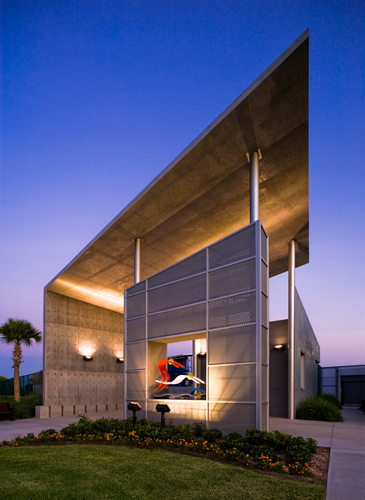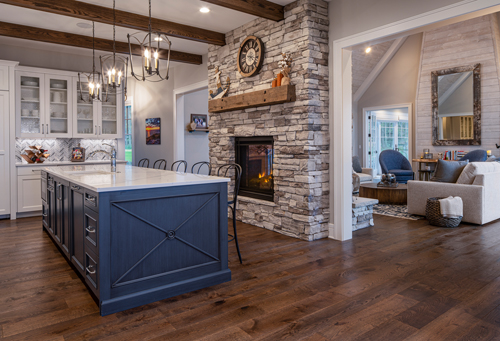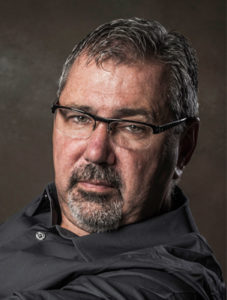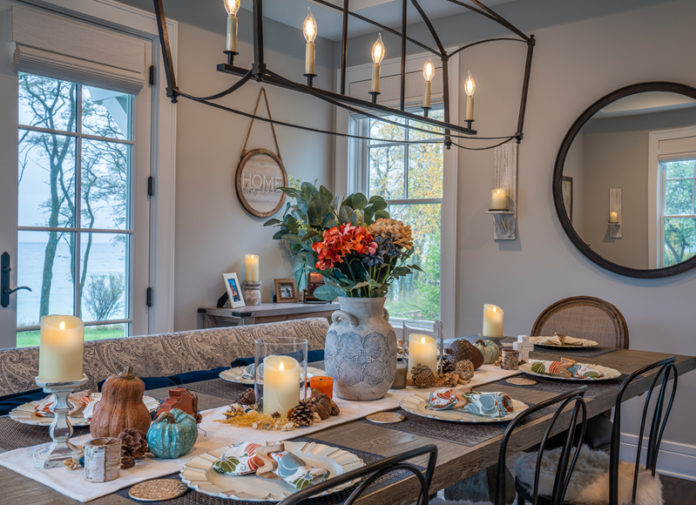by Randy Van Duinen
Texas School Instructor
When I speak at events or my own photography workshops, we talk about the business of architectural photography and we will inevitably discuss portfolios. One of the most frequently asked questions I get is, “How can I get an architectural photography job when I don’t have a portfolio?” So, before we start talking about creating an architectural photography portfolio, let’s discuss what should be in it.
One of my rules about portfolios is that “less is more.” I have reviewed portfolios or been asked to review an online portfolio and my first comment is always to remove many of the images. The maximum you should have in a portfolio is 20 to 25 images. With more than that, you will start to lose your viewer’s interest. You want only your best images in your portfolio, and if you only have ten photos that you feel are great images, then don’t feel like you need to use subpar photos to fill it up.
Let me give you an example: You go to a photographer’s website and they have three portfolio pages. You open the first page and the images are great. You think this person is really good. Next, the second-page images are the ones that did not make the first page and are not as good. This makes you think that the photographer is just OK. Now, you open the last page and these images are their oldest that didn’t even make the second page. By this time, you think the photographer is not as good as you first thought and you leave the website with that opinion. That’s the same way your potential clients will leave your website.

One way to add high impact images to your portfolio is to rent an Airbnb house for a day or two. This will give you access to an upscale residential location to photograph and allow you to show higher-end work to the type of clients you are trying to attract. The additional benefit of renting a place is that it will allow you the time to experiment with photographing high-end residential architecture without the pressure of a client standing over your shoulder the whole time.
As Airbnb is a private residence, you will need to communicate to the owner that you will be photographing the house and getting a photo release to use the images. Offering the use of the images taken while you are there will open many doors, both literally and figuratively.
For an example of what can be accomplished, I was recently at a relative’s new home on Lake Michigan on two stormy days. I had no additional equipment besides my camera bag and travel tripod. Photographing this location was perfect for two goals that I had wanted to accomplish. One was to have some new custom home images for my portfolio, and the other was to have images I wanted for a new class on available light architectural photography. This location was perfect for both.
Having a variety of photos for your portfolio is essential, so I decided to capture the kitchen with a view of the living room for one of the portfolio shots. This image gave a great sense of space and showed three different rooms in one photo. This is something that designers, architects, and builders all like to see. Even though it was a rainy day, I still wanted to show that the house was on the lake and used the bedroom images to show that.
When photographing a space like this, you have to remember also to capture some detail images. We were in a hurry to leave, but I still wanted to capture this vignette of the dining room table (title image). I did not have time to light all the candles, so I added the lit candlelight and glow in postproduction and achieved the look I needed.
When I first started as an architectural photographer, I would look for unique architecture and photograph the buildings for my portfolio, something I still do today. This has paid off for me as I have regularly posted on social media and have had the architects or builders contact me about the images and usage rights.
I wanted to try out another new technique. The newly finished entrance to the North Shore Aquatic Complex in St. Petersburg, Florida, was an attractive architectural structure that provided the perfect subject (right). Shortly after I photographed the building and posted it on social media, I received an email from the architect inquiring about the image. I have
now photographed many projects for them. I wanted a photograph for myself and ended up with a new client and work.

I love Mid-Century architecture, and if I have a chance to photograph a classic example, I will. In this case, I was in Las Vegas for a convention and took the time to capture the Neon Museum’s lobby. This building is an iconic building that architects will know and spend more time on my website looking at it. I am not saying that your whole portfolio should be made up of these types of images, but it is a great addition and may grab a media buyer’s attention from an advertising agency or company.
Another option is asking friends and family if they know of any place or anyone that might let you photograph their space. Inform them that you are looking to photograph architecture for your portfolio and if they know anyone that might grant you access to photograph. Just remember that the same businesses you photograph may become paying clients in the future, so give them your best work.
Remember that you are never finished with your portfolio, that it is an ongoing process and a way to improve yourself and keep you from becoming stale or outdated. There are many ways to photograph and add images to your portfolio, but I want to end this article by reiterating what I started with, less is best and only your best photography.
 Randy Van Duinen, M.Photog. M.Artist Cr.Photog. CPP, FDPE, FDAE, FSD, will be teaching an architecture class at the Texas School of Professional Photography in April. Learn more about Randy and his class at www.TexasSchool.org or www.RVDphotography.com or Instagram – @randyvanduinen.
Randy Van Duinen, M.Photog. M.Artist Cr.Photog. CPP, FDPE, FDAE, FSD, will be teaching an architecture class at the Texas School of Professional Photography in April. Learn more about Randy and his class at www.TexasSchool.org or www.RVDphotography.com or Instagram – @randyvanduinen.











